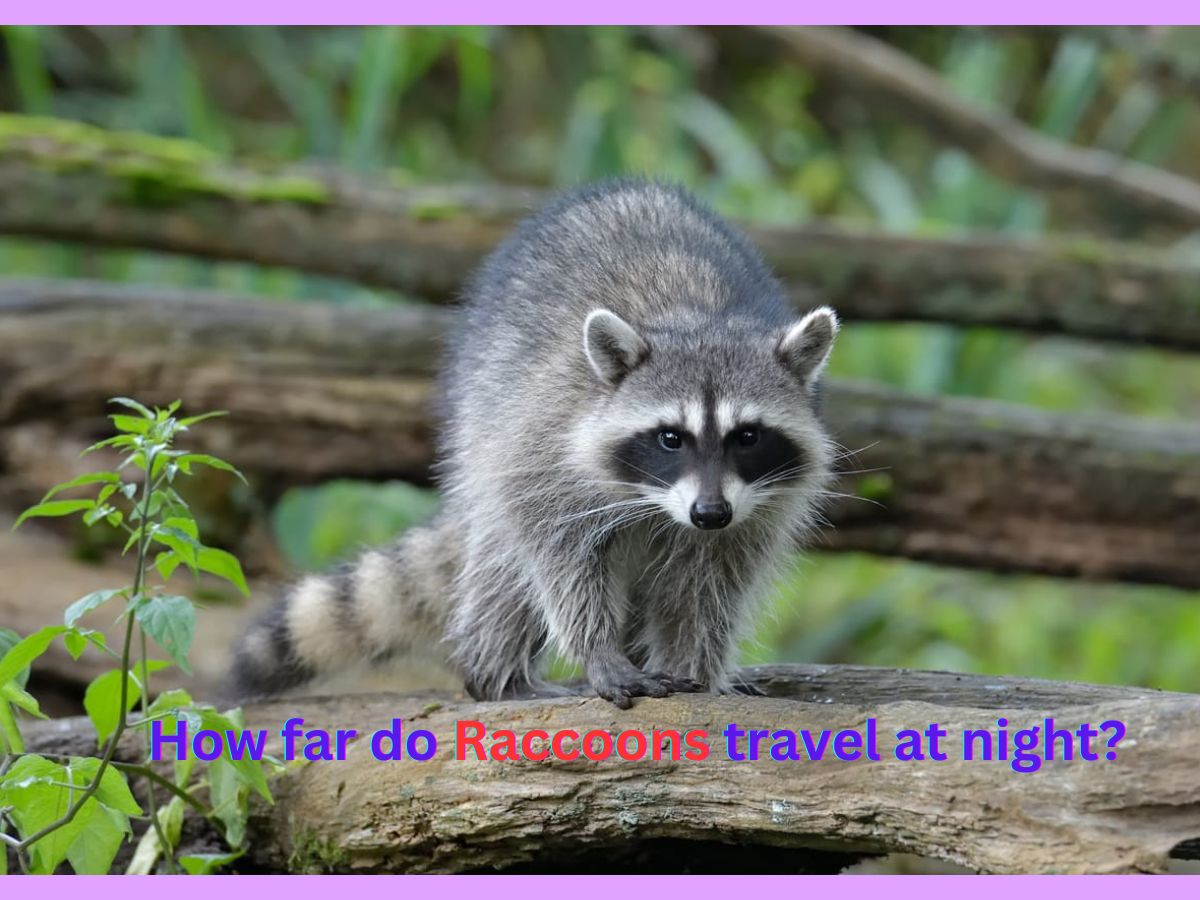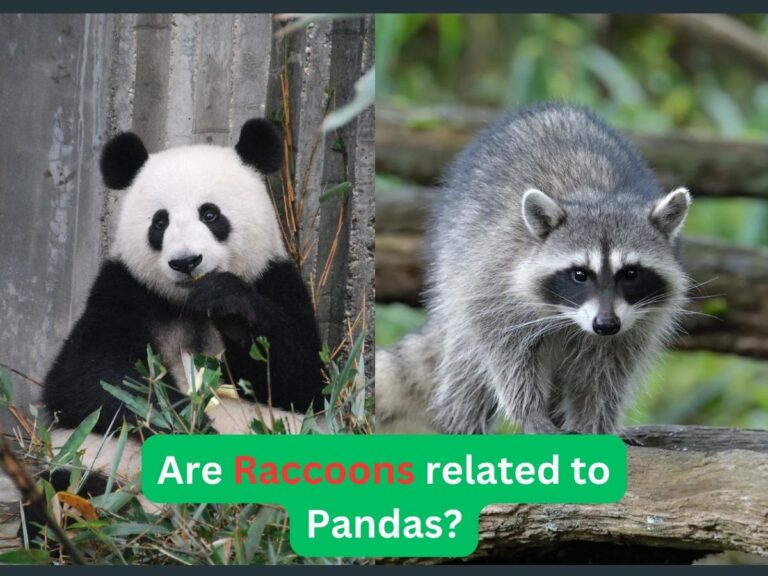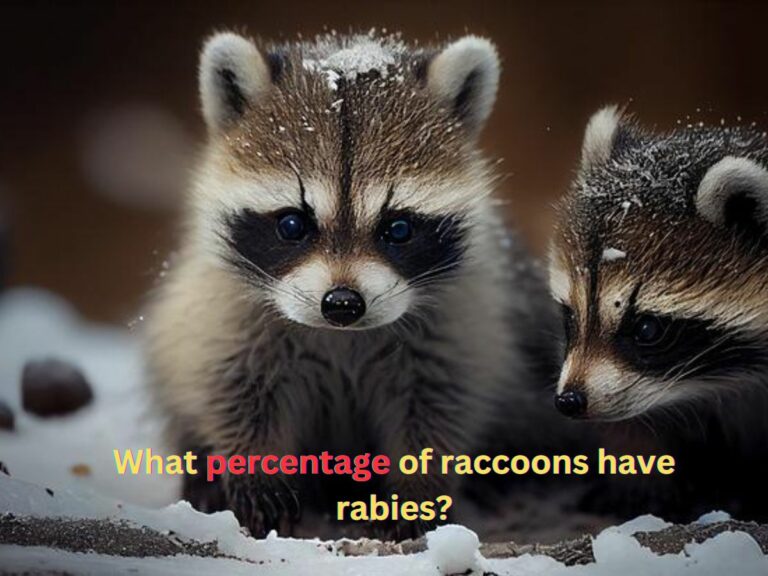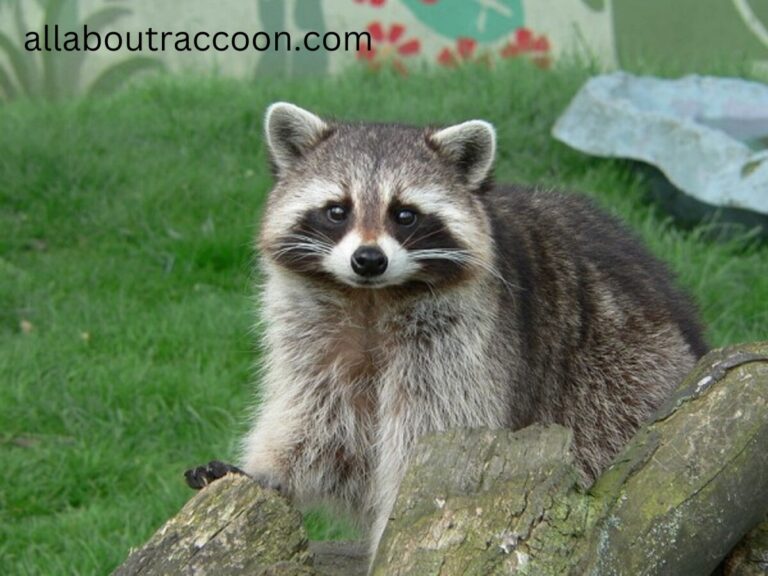How Far Do Raccoons Travel at Night?
Do raccoons travel at night? Why do raccoons at night? How far do raccoons travel at night? What are the reasons that compel raccoons to travel in the dark of night? These questions are a basic part of the debate among wildlife experts. If you need clarification with the same kind of queries, you have landed on the true web page. Here you will find exact and authentic information regarding raccoons’ traveling behavior.
In this blog post, I’ll explore how far and why raccoons travel at night. So be amused by reading the interesting facts about raccoons.
How Far Do Raccoons Travel at Night?
Well, the raccoons can travel up to one mile in one night. These nocturnal mammals become active after dark, staying in their dens or nests during the daytime. In the dark of night, they come out from their nests or dens in search of food, water, and shelter. Young raccoons travel farther than older raccoons.
- The distance they cover in the dark of night is determined by the availability of food and water resources. So, mostly they cover a distance of one mile during the night.
- Interestingly, during mating season they can cover 5 to 10 miles to find a mate.
- Raccoons also use the cover of darkness to avoid human observation and avoid potential threats during the night.
Raccoons spend their nights foraging for food resources. They target small prey such as squirrels, frogs, young birds plant plant-based food. Interestingly, they are opportunistic scavengers and can eat from trash cans and even dead animals.
- Raccoons are smart mammals, but in the case of foraging food, they are lazy. Thus, they always prefer to eat food that is easily available in their natural habitat.
Why do raccoons travel during the night?
Raccoons are interesting animals because they like to be active at night. Raccoons have weak eyesight, so they can’t see better in the daytime. During the cold winter months, raccoons become more active at night because they need to find food and water.
In this scenario, they travel long distances. Consequently, they have good reasons for doing so. There are several reasons for their night traveling. Here is a brief view of it.
1. Search for food and water:
Raccoons are nocturnal animals and become active during the night. In truth, the raccoons have sharp night vision and a good sense of smell. Thus, their eyesight and sense of smell help them to locate food and water sources at night.
How far raccoons travel at night depends on factors such as
- availability of food resources,
- local environment,
- and individual raccoon behavior.
On average, raccoons travel only a few miles in a night. Mostly, they travel only in home ranges or territories. Typically, the male raccoons cover 3 to 20 square miles in search of food. On the other hand, the female raccoons cover 3 to 6 miles looking for food items.
- Usually in city areas the size of raccoon territories is small.
- In more rural or natural environments, their home ranges are large.
In short, raccoons are opportunistic feeders. Thus they explore a wide area in search of food and water.
2. Search for a nesting place:
Raccoons usually go out at night to find food, water, and a place to sleep. If raccoons are looking for a home, they must go different distances to find a good nesting area. It depends on some factors like availability of food, good spot for sleeping, and protective area.
- In urban and suburban areas raccoons are adapted to human environments, so they don’t need to travel far to find nesting sites. They can live in made-made structures like chimneys, attics sheds, etc.
- In natural habitats, raccoons travel longer distances to find suitable nesting sites. Raccoons choose nesting sites that offer security and protection for themselves and their young.
The exact distance they cover depends on what’s available, but they can travel a few miles in one night if needed.
3. To get escape from predators:
Interestingly, the raccoons become active at night to avoid daytime predators. The raccoons are preyed upon by a variety of predators, like coyotes, wolves, owls, and hawks. Basically, at night they have less chance of threat of predators. But if they are chased by predators, they travel far to save their lives. They keep traveling unless they find a protective place. So, the distance they travel can vary.
4. Marking of territory:
The raccoons travel during the night to mark their territory. But remember the territorial behavior of raccoons varies depending on factors like food availability, population density, and the presence of other raccoons.
- In urban areas, a raccoon’s territory is small and covers a few acres. it’s usually not very big because there’s plenty of food around. In natural habitats the territory size of raccoons is large.
- The raccoons during mating season can cover 5 to 10 miles to find a mate.
- The male raccoons after mating come back to their familiar territory. But the female raccoons find a safe place in their territory to give birth to kits.
👍Usually, In one night, a raccoon might travel a few miles in search of food, water, and shelter. Sometimes, raccoons can also be active during the day, if they’re hungry. So, their territory and traveling movements can be a bit flexible and depend on different things.
Conclusion:
So the answer to “How far do raccoons travel at night?” is about “up to one mile”. During mating season the raccoons can travel 5 to 10 miles to find a mate. How far raccoons travel at night depends on factors such as the availability of food resources and individual raccoon behavior.
The raccoons travel far to meet their basic needs of life. In truth, they are nocturnal and come out at night. They do this for different reasons and many factors affect their nighttime traveling. They travel during the night to find food, water, and safe places to sleep.
They also avoid daytime predators, like hawks. They are clever animals that find ways to survive in different places.







